Freckled ducks - a duck's eye view...
Whilst worming a group of 2015 hatched stifftails this morning the lively topic of conversation amongst my colleagues was "name your top three" birds at Slimbridge.
My top three was:
- Freckled duck
- Black-headed duck
- White-winged wood duck
This was immediately declared wrong! We're all so opinionated about our favourites though aren't we? I stated my case for three ducks which are by no means your classic "bedroom wall poster ducks" because the longer I work here, the more I appreciate and respect the birds that have an 'otherness' about them; the oddballs and the one-of-a-kind species. I love them for existing and evolving at all. As a result the Freck is a classic go-to duck for your evolution discussion, hilarious antics, female dominated culture and sheer species age. They are without question one of the most charming wildfowl species of all time. Hopefully I can convince you of that!
A Freckled duck at WWT Slimbridge has a fascinating journey from egg to adulthood.
It all begins in our breeding aviaries where we keep our Freckled ducks in bespoke breeding groups.
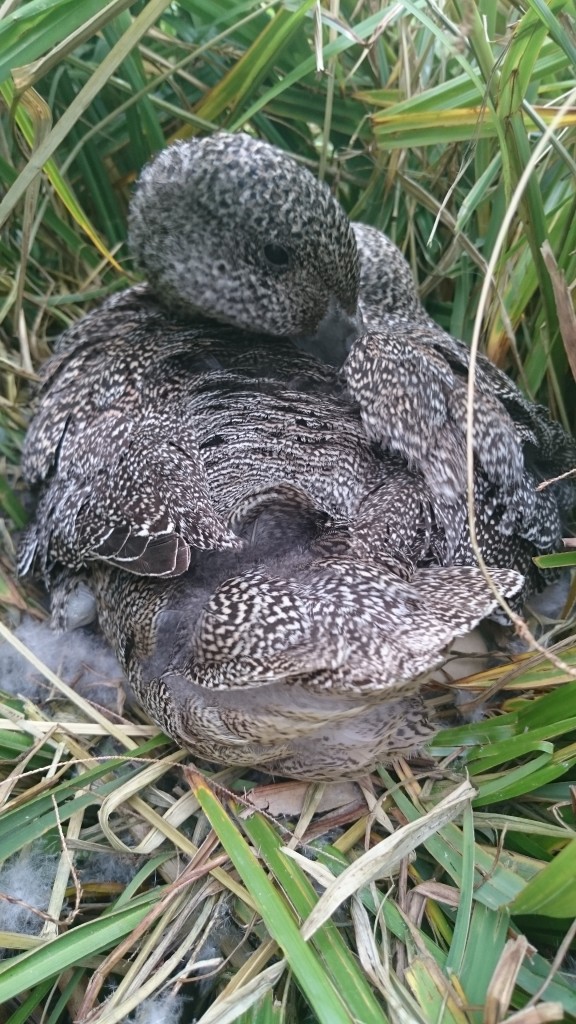
This gorgeous female is my literal breeding powerhouse. Occupying the prime spots in Breeding Aviary 1, this gorgeous girly will make on average three nests throughout the year. Due to their Australian heritage, these ducks are not encouraged to breed by the environmental stimuli true of our local ducks such as day length and temperature. Instead these semi-tropical ducks are stimulated by rainfall and food availability. As a result of this, I can expect to see this intrepid little duck sitting on her nest in the middle of Christmas! The fact that she can keep her eggs warm during our winters with temperatures as low as -10 and excessive horizontal rain is a testament to the species' resilience. Sadly I am unable to communicate to her that rain in the UK just equals misery... Thankfully in April she laid again, and so we currently have 6 of her lovely babes running around the Duckery on the grass as I speak.
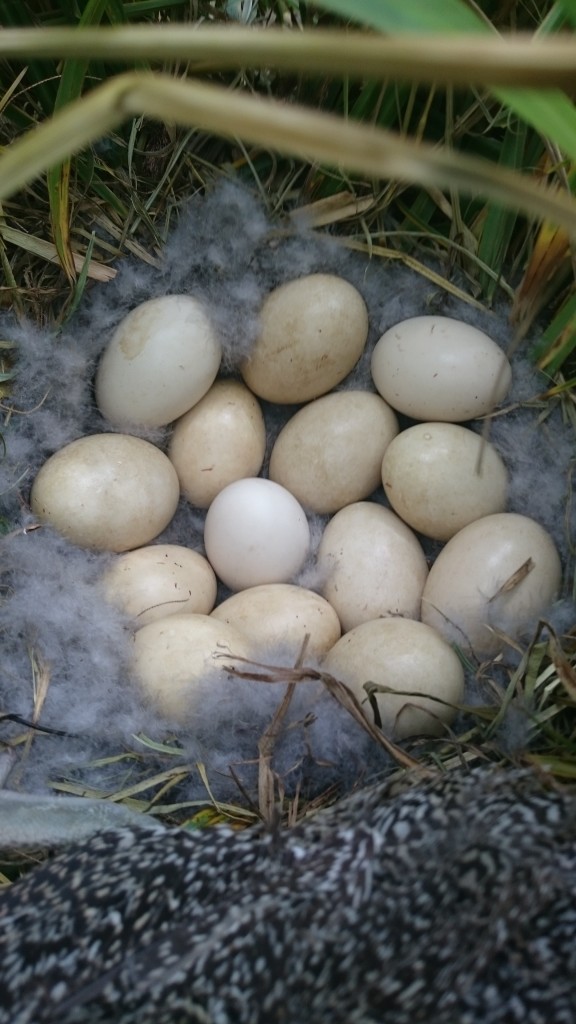
The story begins in the nest, and what a nest! This is a photo of her July 2015 nest, and you can clearly see that she was incubating 14 eggs. Only 7 of these are her own, which are the larger, shiny, waxier eggs. The other 7 (the size of the bright white one in the centre) are from the parasitic Black-headed duck pictured below. We're right proud to be breeding both species due to their rareness in captivity, and it's positively thrilling that they both cooperate so well in mutual breeding efforts. And so; my favourite and runner up species are a breeding dream team :)
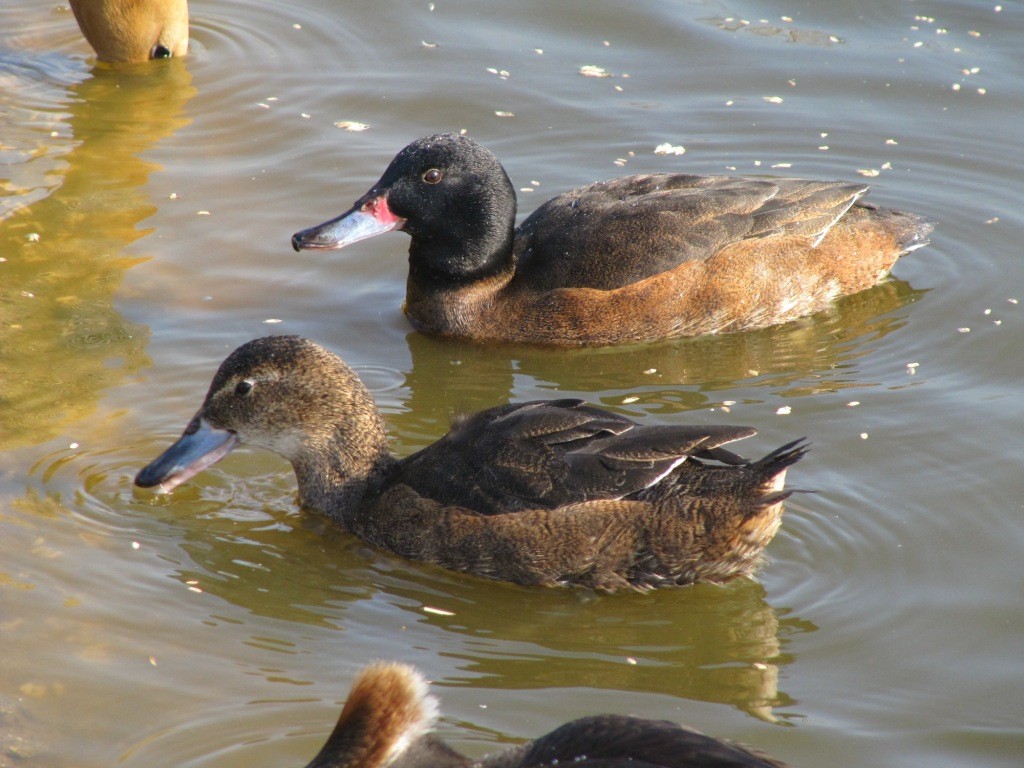
Due to their rarity and specialities, the eggs of the Freckled duck are collected for hand - rearing. The reality is that our native flora and fauna does not suit the Freckled ducklings dietary needs. Post-hatch there's nothing cuter in the whole wide world. They're silver, and oh so very fluffy! These grumpy little ducks can be very vocal and will scream and shout at each other throughout feed time in order to get closer to the grub from a very young age. Their call at an early age is simply "squeeee!" It's unlike any other noise you'll ever hear from a duckling, and makes them easily identifiable at a distance.
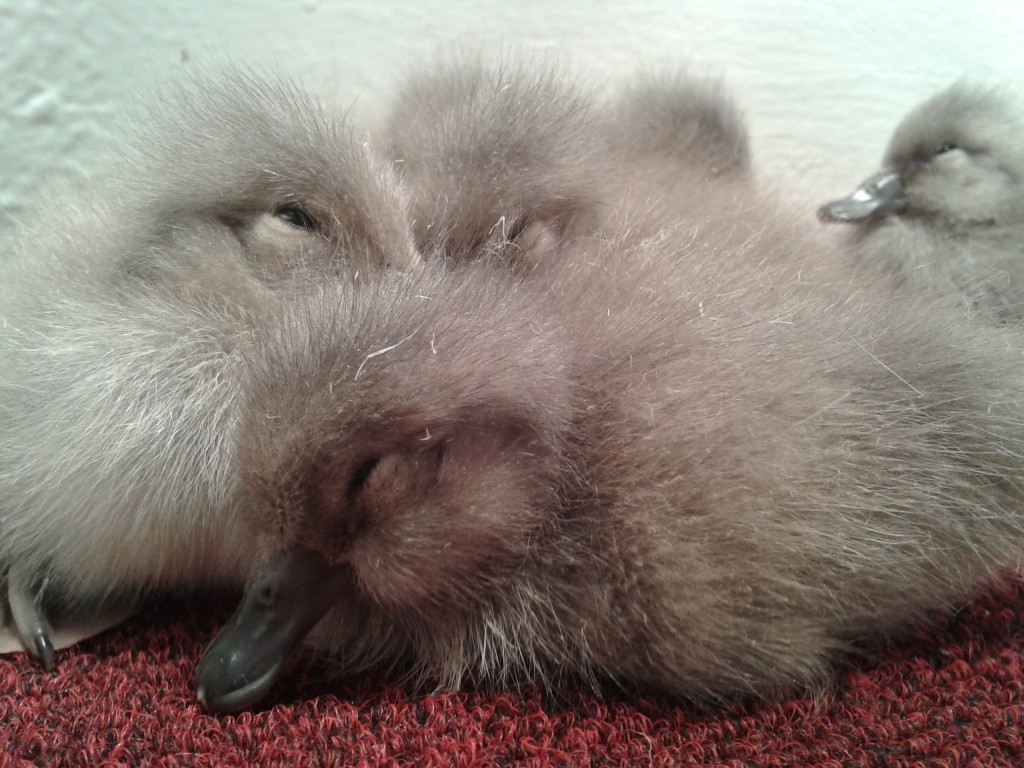
A testament to their love of food is their love of plastering themselves in it. You can immediately tell when the Freckled ducks have learnt to feed, because they will be wearing it. Much like shoveler and other filter feeders, Freckled ducklings will suck up a beak full of water and spit it and mix it into their chick crumb to make a porridge. They reject it in any other form, and if you move the water dish away from the food dish then they simply refuse to eat. Their gastronomic laziness guarantees for some interesting down-styles, the one below is sporting some sort of porridge beret? They're always a fantastic species with which to engage children and parents alike, because we all love a story about a cheeky duck!
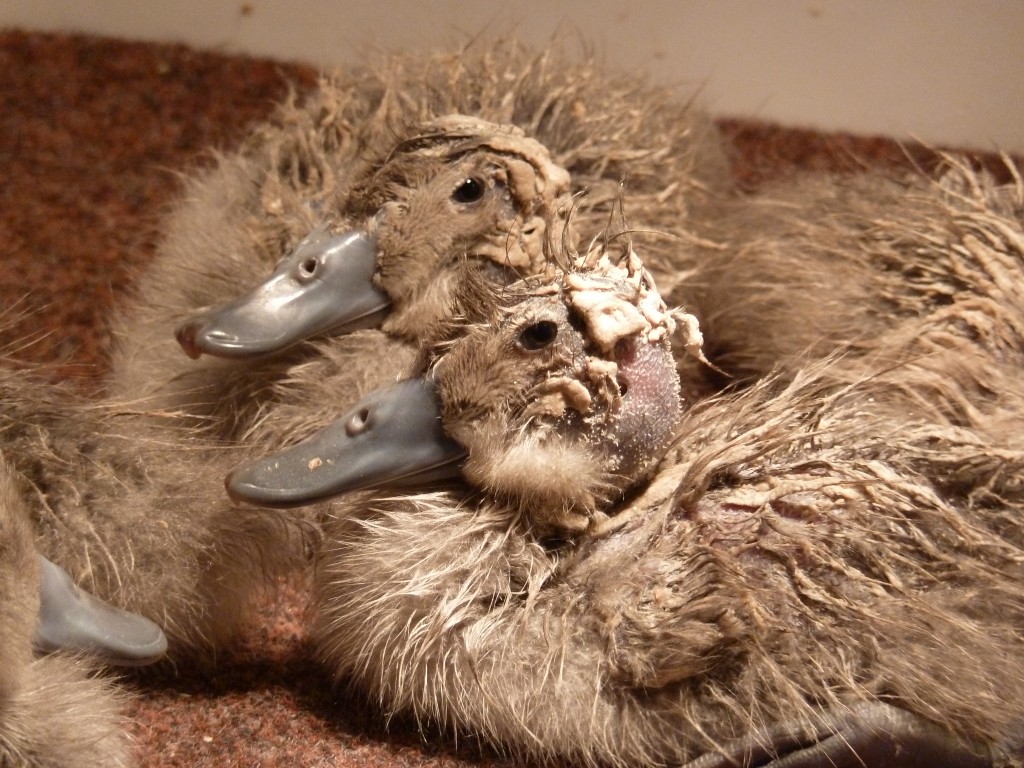
As their feather quills begin to grow, it is exceptionally important to get them outside into the elements. Because they are under a heat lamp for the first 3 weeks a light porridge coating isn't much of an issue, but if they cover their feathers in it then they run the risk of not stimulating their preen gland and becoming waterproof. We move them to an outdoor enclosure where they are able to snooze indoors but eat outside (a sanitary decision.) During their teenage stage they always look particularly entertaining, "squeee"ing away as they attempt a good wash. Their beaks always look to big for the job, and they have bucket loads of that doe-eyed innocence that makes their attempts so effortlessly charming!
They are quite accustomed to the odd grumble, and engage in good natured squabbling at almost every turn. Sometimes you can run from across the yard to check what the noise is all about, only to find out that they're all snoozing in the sun and one of them wanted to steal the best spot! In their minds and voices they remain juveniles for well over a year. It is only at around 15 months old that they finally develop their adult voices and develop their upper mandible colourations. They are a species that hates change, and you have to be so sensitive with their welfare. We also ensure to keep them with friendly species that they have known since their juvenile period. If they meet a bird, pair or species that they don't like they can just sit in the corner, hoping that they'll go away.
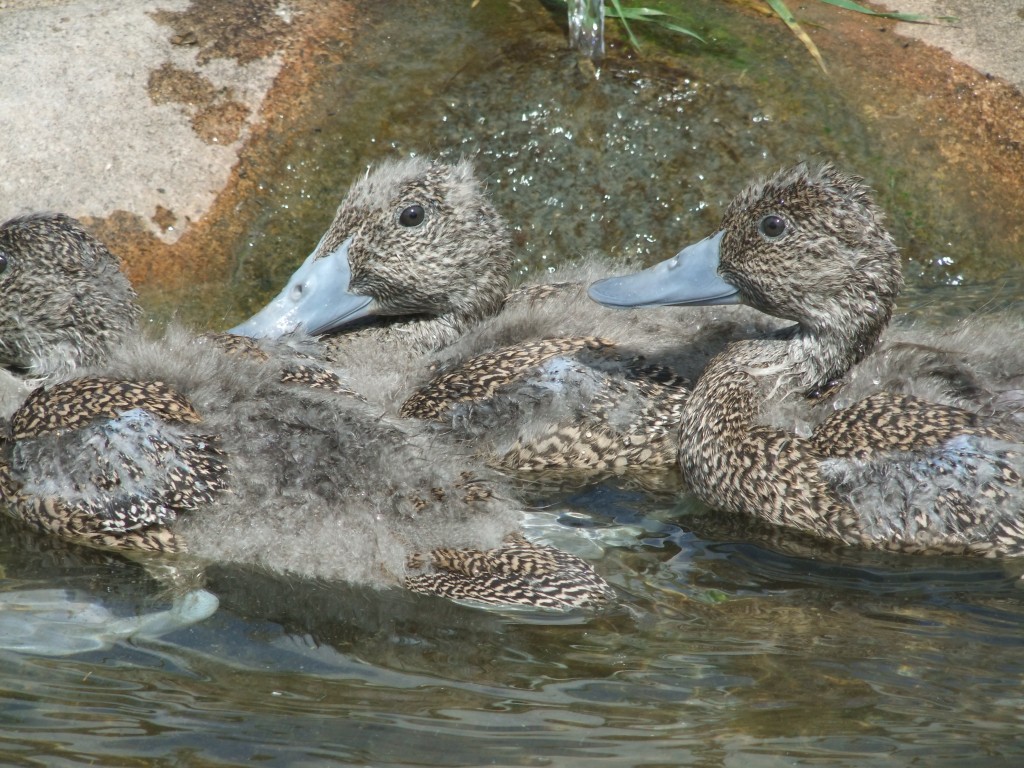
I adore Freckled ducks, and adore their charming and one-of-a-kind ways. Hopefully I've also convinced a few of you too :)
Freckled ducks featured in this month's edition of WildWatch. We were lucky enough to capture some fantastic footage in our hatching incubators, so do take a look and witness the miracle of Freckled ducks hatching for yourself!
https://youtu.be/EHF3LqS0VZE

